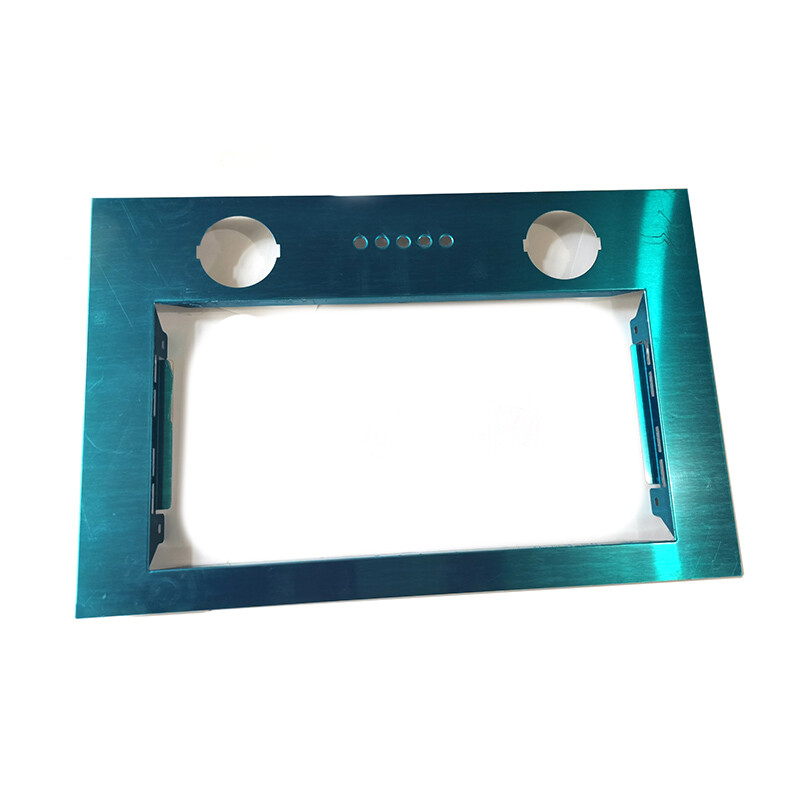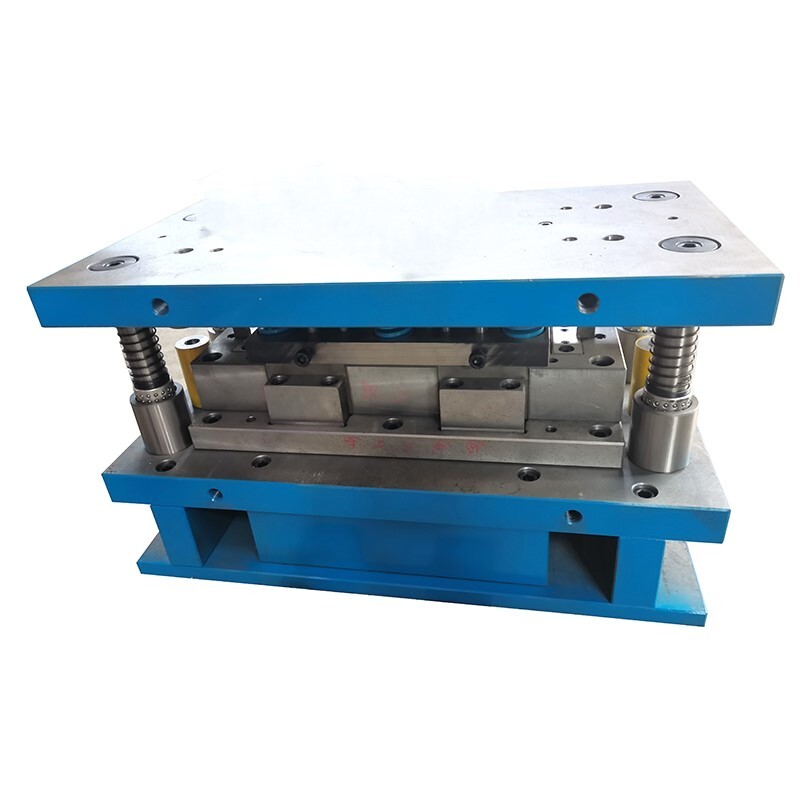Stamping Dies: made by drawing
| Product Introduction
Ovens are widely used in people's lives and are used at a high rate. Food manufacturers, families, bakeries, restaurants, etc. all rely on ovens. How is oven accessories made to be both beautiful and practical as well as clean and bright?
Stamping Dies
Stamping dies are used in the processing of mechanical parts to ensure the surface finish of parts. The actual surface finish of mechanical parts will have a direct impact on the subsequent use of parts in components. Through the coordination between different workpieces, the standardized production level of parts can be improved, and the production quality and efficiency can be improved. Through the application of stamping die technology, the processing accuracy and quality of parts can meet the corresponding requirements.
The mold material is one of the important factors that affect the service life of the stamping mold. The material should be selected according to the use conditions of the stamping mold. It is ensured that the steel material used in the mold has strong plasticity, strength, fracture resistance, and compressive strength, which ultimately extends the service life of the stamping mold.
Use reasonable mold heat treatment process: In the matrix toughening process, low-temperature quenching and low-temperature tempering are generally used to improve the toughness of the mold. In the surface strengthening process, surface coating can be used. By physically covering and depositing on the mold surface, a layer of metal compounds different from the matrix can be formed, thereby improving the hardness, wear resistance, and corrosion resistance of the mold. The chemical heat treatment process can also be used to heat the mold workpiece to a certain temperature, so that the workpiece reacts chemically with the added medium to change the surface chemical composition, thereby extending the service life of the mold.
Maintenance and care of the mold: During the installation and use of the mold, improper handling will increase friction. The depth of the die should be strictly controlled to avoid excessive depth and increased friction. Applying grease on the plate or mold can reduce the wear of the mold, and the parts of the mold that are prone to failure should be maintained. When the mold is not in use, it should be sealed and stored, and it should be cleaned during storage, and a certain gap should be kept between the concave and convex molds to prevent rust on the surface.
The metal frame of the oven
When designing the metal frame of the oven, it is necessary to consider every step from mold making to product forming to ensure that the mechanical parts can be precisely stamped. The metal frame is the appearance of the oven. The cuts and R angles of the frame, as well as the punching holes of different shapes, must be smooth and flat, without burrs or scratches; this places higher requirements on the design and production of the mold, and it must conform to the habits of consumers and be easy to operate and clean.
In stamping die processing, the stamping module processing mode will be applied to the selection of processing parts and processing areas. Components with burrs or angular components can be removed and polished in time, to give full play to the advantages of stamping module processing technology.
Reasonable selection of the guide sleeve hole of the stamping die and the installation of the upper and lower die guide piles ensure that the stamping block processing is consistent with the expected parts processing requirements. In the stamping operation, the control of the concave and convex die set is the core and key work. The specification parameter analysis work should be done well. The differences in component specifications, the concave and convex die sets used and the stamping values are different.
In the actual fixing of components, it is necessary to analyze environmental factors and clarify the actual impact of environmental factors on equipment firmware and component fixing. In the fixing of specific components, the fixing strength must be effectively controlled to prevent excessive fixing strength and deformation of components. In the fixing of mechanical components, the spring damping system must be reasonably applied to ensure the fit between the screws and the fixing nuts, so that structural stress can be formed, thereby achieving effective control of the equipment system structure and component structure to ensure its stability.
| Inquiry
What Can We Do For You


